Essential Hiking Gears for Comfort, Safety and Performance On the Trail
Hiking offers adventure, exercise and escape into nature. However, without the proper gear, equipment failures, injuries or weather can quickly turn an enjoyable trek into an ordeal. This comprehensive guide covers the hiking essentials for comfort, safety and performance on trails of any difficulty level.
#1 Choosing the Right Footwear
The foundation of every hike starts with proper footwear. Your boots or shoes need to provide traction, support and protection from the elements while carrying you for miles over rugged terrain. Here are key factors to consider:
Hiking Boots vs Hiking Shoes
Hiking boots offer more ankle support and weather protection but are heavier. Hiking shoes are more breathable and flexible for lighter hikes.
Boots have stiffer soles and extended cuffs wrapping higher up the ankle providing extra stability and torsional rigidity over uneven ground. Waterproof membranes block external moisture infiltration while insulating from colder temperatures. Full height collars prevent debris entry. Lugged aggressive tread and reinforced toes better withstand abrasive contact from rocks or roots. Additional weight and loss of ventilation tradeoffs improve safety margins across challenging trails.
In contrast, shoes emphasize ventilation using breathable mesh fabric uppers backed with flexible supportive overlays. Low cut collars enhance air flow circulation cooling feet during higher exertion activity. Sticky rubber outsoles grab onto uneven contours with propriety grip patterns. Removing waterproof barriers enhances through airflow for stream crossings but cedes weather protection. While lighter and faster, shoes risk sprained ankles or bruised feet lacking extra reinforcement found in most boots.
When to choose boots over shoes? Backpackers enduring heavier packs over longer distances favor the extra support boots provide for multi-day excursions. Cold or wet climates also necessitate weatherproofing protection boots afford. Wider traction and abrasion resistance shields feet through demanding terrain. Those hiking groomed, established trails in warmer, drier climes can forego extra bulk preferring agile athletic shoe versatility.
Waterproof or Quick Dry
Modern hiking shoes and boots incorporate either inherent waterproof membranes or highly breathable quick drying mesh fabric:
- Waterproof barriers made of proprietary fabrics like Goretex or eVent block external water while enabling internal perspiration vapor diffusion to escape. Weather protection excels for constantly wet trails. However, diminished ventilation can trigger excess sweat and overheating during high aerobic output.
- Mesh fabric boots promote air flow for better cooling but sacrifice dry feet when streams or rain soak through their permeable construction. Quick drying properties restore comfort shortly after exposure ends. These work better for intermittent water encounters during high heat indexes.
Evaluate expected climate, exertion and exposure duration to determine whether water protection or ventilation suits your needs better. Those venturing deep into backcountry favor reliable waterproofing counting on insulation when unstable weather blows in unexpectedly. Casual day hikers may embrace breathability knowing drier conditions allow damp shoes to rebound quicker after isolated puddles or brief showers along the way.
Ankle Support and Traction
Two other vital characteristics for hiking footwear are ankle support and traction:
- Rigid soles and reinforced uppers prevent the ankle from rolling laterally on irregular terrain that could cause painful sprains requiring evacuation. Women’s feet tend to necessitate more stability given proportionally smaller joint size than men.
- Lug depth, spacing and geometry provide grip on loose dirt, slippery mud and uneven rocks to avoid falling. Multi-directional cleats grab onto varied textures and downhill slopes better than flat, street style soles. Some boots incorporate proprietary sticky rubber compounds like Vibram that stay supple in cold temperatures which stiffen other materials.
Evaluating ankle collar height and sole rigidity identifies which boots optimize support best suiting your vulnerability and trails underfoot. Observe lug shapes, perimeter placement and densities that distribute grip across the fullest possible surface area one contacts during striding. The more contact points maintaining friction against the ground, the less likelihood losing secure footholds.
Breaking In Hiking Boots
Stiff, unyielding boots lacking conformity to your feet contours rub certain pressure points causing painful blisters and hotspots distracting from making progress on the trail. New boots require properly molding to foot shape through gradual break-in to maximize comfort over long distances. Here is an effective sequence to follow when conditioning new boots:
- Wear boots around house and neighborhood for short non-hiking intervals permitting upper and sole flexibility without carrying weight.
- Load boots with small weight plates inside to simulate hiking packs pressing foot beds closer to feet allowing custom shaping.
- Take progressively longer hikes on groomed trails cementing fit. Load pack weight and hike distances gradually between intervals to match intended multi-day backpacking objectives.
- Complete at least five ~5-10 mile training hikes fully weighted before attempting thru-hikes spanning over 50+ continuous miles. If hotspots emerge, address fit issues with added aftermarket insoles or heel inserts.
Ideally log 20-25 miles over varied terrain before committing to extended expeditions bounding remote wilderness. Dialing anatomical alignment early saves painful disruptions literally putting progress on hold down the trail. Recognize no shortcuts exist masking improperly fitted boots once miles accumulate deep into the backcountry.
One of the most popular brand of hiking footwear is Decathlon
#2 Backpacks and Hydration Systems
Hauling gear necessitates selecting the proper backpack or daypack. Extra weight demands sufficient load bearing capacity and proper fit to prevent back strain.
Daypacks
Daypacks offer streamlined, lightweight designs for quick hikes not requiring full overnight gear. Slimmer profiles with capacities under 30 liters adequately carry lunch, extra layers, first aid essentials and trail tools without unneeded bulk. Vest-style and compression shoulder straps stabilize lighter loads limiting fatigue over shorter distances. Rail attachments may allow ski poles or trekking poles to affix preventing hands from managing more items. Zippered hip belt pockets store snacks and phones securely without occupying pack space. Breathable mesh backing increases ventilation when working hard. Many daypacks include dedicated hydration bladder sleeves permitting hands-free water drinking. Compared to bulkier multi-day counterparts, these nimble essentials transport just enough provisions for hitting shorter trails for hours, not days. The TAHAN Litepack 18L balances weight at only 70g making for an exceptional fast-and-light option for day hikes.
Hydration packs take convenience a step farther allowing constant fluid intake through drink tubes without stopping to open bottles. Hydration bladders including the TAHAN Trailbladder 1.5L Water Bladder slide into internal sleeves with extended drink tubes routing over the shoulder strap within easy mouth access. Biting the valve tip releases a water stream enabling hiking while replenishing constant sweat loss. Bladders hold up to several liters keeping water supply steady between natural source opportunities. Their slim shapes optimize pack space versus bulky hard canteens. Models like the Tahan Trailbladder include wide openings allowing easy cleaning and drying after use to prevent funky mold buildup.
Multi-Day Backpacking Packs
Containing gear for overnight wilderness and extended mountain excursions requires backpacking specific packs offering at least 50+ liter volumes. These sturdy workhorses include sophisticated load distributing suspension systems segregating weight evenly across the hips rather than straining the spine and shoulders alone. Robust padding cushions stressful contact zones while height adjustable torso lengths dial anatomical fit. Waist belts with stabilizer straps prevent annoying bounce during descents across uneven terrain. Exterior daisy chains and lash points attach bulkier items like sleeping pads safely. Spacious main compartments contain clothing and camping provisions efficiently while multiple zippered pockets organize tools readily accessed when needed. Rain covers shield vulnerable pack fabrics when storms unleash. While technical in nature, purpose-built backpacking packs transform long distance journeys into rewarding adventures instead of painful endurances.
#3 Trekking Poles and Accessories
Trekking poles enhance balance and distribute effort across arms and legs for smoother stride efficiency. Features like adjustable length, ergonomic grips and interchangeable tips maximize versatility on varied terrain.
Benefits of Trekking Poles
Trekking poles deliver measurable performance and safety enhancements including:
- Up to 25% increased efficiency by engaging upper body to share propulsion forces with legs
- 45% less knee stress through reduced joint impact absorbing forces smoothing strides
- Stable balance assist on steep descents, stream crossings or rocky trails
- Traction aid when placed lateral across slopes serving as an outrigger
- Tenting support forming shelter framework
- Self-arrest and defense tool if needed in emergency
Adjustable length supports customizing pole plants optimizing individual stride length, upper push force and grip comfort.
Adjustable Trekking Poles
Models like the TAHAN 3-Section Foldable Hiking Stick V2 – 110cm offer customizable height ranging from 95cm to 110cm to accommodate varying terrain or user preference.
Twist lock levers fix slider positions securely after configuring ideal length. Shock absorbing tips cushion plants softly while removable rubber caps adapt traction depending on surface. Foam or cork handles promote secure grip. Wrist straps keep hands free between plants aiding scrambling maneuvers or using cameras.
Accessories
Various enhancements boost trekking pole versatility:
- Baskets – snowflake or powder designs extend flotation across loose mud or snow
- Tips – carbide spikes grip icy traction or replaceable rubber caps suit summer
- Grips – Vertical or horizontal ergonomic shaping centers control authority
Finding optimal length and proper rhythm with arm assists noticeably reduces exertion over extended distances. Trekking poles transform hiking into a whole body movement.
#4 Lights and Navigation
While days are spent hiking under sunny skies, dusk on the trail implores added preparedness. Quality headlamps allow remote route finding after dark while keeping hands free. The 300+ lumen TAHAN Supernova Torchlight V2 provides up to 6 hours of powerful LED illumination. Red light and strobe modes preserve night vision and signal positions. Waterproof construction enables all-weather reliability.
Hands-Free Headlamps
Headlamps free up hands for cooking, unpacking gear or scaling obstacles by mounting directly to helmets or hats. Unencumbered beams spotlight intended foot placement identifying trip hazards. Tiltable lamp housing focuses glare-free proximity lighting keeping trails literally bright as day.
High-Powered Flashlights
When raw output overruns complexity, powerful flashlights like the TAHAN Supernova Torchlight V2 pump out up to 1300 lumens overwhelming darkness through spot or flood configurations. Water resistant designs withstand rainstorms and river crossings. Zoomable beams stretch from wide perimeter flood to narrow spotlights distantly showing the way. Emergency power bank modes charge phones or GPS units in a pinch. These versatile torches blast through nighttime like a portable sun.
Camp Lanterns
For additional visibility around campsites, versatile lanterns like the ultra-portable TAHAN Luminate Metal Mini LED Lantern provide area lighting. The directional stand focuses 100+ lumens in wide flood or focused beams evenly distributing low glare task lighting from its rugged, water resistant design. Rechargeable lithium batteries eliminate wasting money on disposable cells. These compact lanterns enrich base camp atmospheres through reliable illumination.
#5 Camping and Emergency Equipment
Overnight excursions mandate carrying proper shelter and emergency provisions. Tents and sleeping bags insulate during falling temperatures while keeping wind and rain at bay. Durable, packable designs provide refuge through extreme exposure. If injured, a first aid kit administers wound care and medications until evacuation. Fire starting kits enable warmth and signaling for rescue.
Shelter Systems
Wilderness tents isolate outdoor enthusiasts from threatening hypothermia or dangerous lightning offering reliable shielding across four seasons. Choosing appropriate shelter styles depends on trip objectives:
- 3 season tents balance weight, space and durability for typical trips not expecting substantial snow loads or excessive wind
- 4 season tents emphasize durability and weather protection facing substantial winter storms or mountaineering acute exposures
- Customized shape designs cater towards:
- Solo hikers favoring ultra-light tents
- Families prioritizing space over portability
- Mountaineers wanting durable, storm worthy constructions that endure harsh alpine environments
Regardless of variety, reliable tents become critical life-saving shelters when weather turns unexpectedly.
Sleeping bags provide personal microclimate insulation tailored towards climate fitness ratings matching projected low temperatures. Different fill properties strike intended balances between compressibility, weight and warmth appropriate for seasonal and regional conditions. Summer sleeper ranges down to 50°F/10°C while winter bags plunge towards -10°F/-25°C or lower frigidity. Ensure rated temperature ranges exceed anticipated overnight lows by 10° or more through safety margin buffer. Integrated head coverage and collar seals contain precious body heat escaping through openings. Durable water resistant (DWR) treatments fortify defenses against external moisture. Choose wisely using bags as tested shelters when things go sideways in the backcountry similar to tents.
Emergency Equipment
Safety first principles mandate carrying redundant protective equipment able to sustain and stabilize humans until self rescue or evacuation scenarios play out. Small investments offset costly one-time use items offering insurance:
First Aid Supplies: Disinfectants, gauzes, bandages support treating cuts, blisters or abrasions
Emergency Blankets: Heat reflective mylar sheets or bivy sacks prevent hypothermia from shock or exposure
Fire Starter: Weatherproof matches, solid fuel tablets and flint strikers enable warming and signaling
Headlamp: Hands-free personal lighting allows navigation through darkness and base camp tasks
Multi-Tool or Knife: Tricky repairs or shelter construction answered by sharp implement
An ounce of prevention safeguards when it matters most. Resist skimping on foundational protection to enjoy the mountains safely. Building redundant fail-safes limits risks on beautiful days quickly turned treacherous.
#6 Clothing and Layers
Mountain weather changes drastically demanding adaptable insulation or ventilation to avoid hypothermia. The layering principle relies on moisture wicking base layers for skin comfort, breathable mid layer fleece for warmth and waterproof/windproof outer shells to block elements. Adjust configurations as exertion and conditions dictate.
Layering Systems
Layering gives hikers the adaptability to peel or add garments keeping pace with generating or losing body heat to maintain equilibrium:
- Base layers wick sweat from skin preventing chilling while circulating air
- Insulation layers trap heat when idle while breathable material vents humidity
- Outer shells provide wind and moisture barriers shielding inner layers underneath
- Adjust mix and match combinations customizing protection for the day
Hiking Specific Apparel
Beyond layering, activity specific garments enhance mobility, safety and seasonal appropriateness:
Hiking pants reinforce against abrasions across underbrush while allowing unhindered stride freedom. Stretch fabrics embrace free movement.
Hiking socks incorporate padding blocking pressure points that blister feet inside rigid boots across endless miles. Wool and synthetic blends prevent bacterial buildup over consecutive days lacking laundering while retaining insulating properties when damp.
Gaiters seal lower leg gaps preventing debris intrusion inside boots that can cause painful chafing minimizing distraction.
Hats shade from intense sun exposure and insulate high heat loss areas on cold days defending extremes across daily and seasonal shifts.
Hikers wearing adaptive specialized gear journey farther through highly variable backcountry conditions safely.
#7 Food and Nutrition
Thru-hikers constantly balancing effort deplete blood glucose and muscle glycogen stores rapidly. Lightweight, nutrient dense trail snacks like protein bars and mixed nuts restore energy between meals. Hearty dehydrated or freeze dried dinners with reduced weight appeal for packing efficiency. Portable backpacking stoves boil water while integrated cookware kits simplify meal preparation logistics.
Lightweight Backpacking Food
Several properties make certain food ideal for packing efficiency:
- High calories per ounce density
- Low weight from dehydration or freeze drying
- Compact food bricks reconstituting through rehydration
- Nutrient rich combinations of proteins, complex carbs and fats
Common categories meeting these criteria include:
- Bars (granola, protein, meal replacement)
- Nuts / Nut butters
- Dried fruits or jerky
- Dehydrated meal pouches
Cook Systems
Preparing hot nourishing meals bolsters morale when bone weary and dripping sweat. Packable backpacking stoves, pots and utensils enable cooking gear transportation without burdensome heft. Stoves balance size, efficiency and ease of use characteristics:
- Canister stoves boil quickly, simple to operate but require fuel resupply
- Liquid fuel stoves burn longer from replenishable reservoirs but need priming/maintenance
- Alternative fuel options break down renewable wood/biomass sources
Titanium cookware further reduces load through elevated strength-to-weight properties. items without bulky insulation integrate strategic heat transfer principles in lieu of heft.
Food Planning
Careful meal planning prevents running low on sustenance deep into the wilderness. Daily rations around 2,500-5,000 calories reset depleted reserves from high daily mileage depending on individual. Digesting heavier foods first thing slows morning momentum. High fat, salt and protein content also keeps packs lighter through increased satiation. Consider food allergies, preferences and appetites when meal planning lengthy excursions.
#8 Conditioning and Training
Just as vital as gear preparedness remains building hiking specific muscular and aerobic endurance before extended trips. Gradual ramp ups in mileage assist strengthening bone density, ligaments and connective tissues to endure relentless pounding. Workout regimens must mimic terrain variability focusing on uphill climbs and downhill control.
Strength and Endurance
Hikers develop the fitness to cover 15-30+ miles daily for consecutive days by training in comparable environments. Dedicated stride and impact sessions toughen tissue durability through progressive overload. Climbing stairs or incline treadmills tune elevation legs. Squats and deadlifts overlay raw brute force when maneuvering over downed trees or boulders. Core engagement maintains upright efficiency minimizing wasted movement.
Aerobic Capacity
The heart, lungs and circulatory infrastructure also adapt towards increased oxygen delivery and waste clearing thresholds. High intensity cardio intervals emulate variable terrain intensity through strength circuits and sustained runs. Hydration and electrolyte balance preserve optimal viscosity pumping through veins. Building red blood cells expands carrying capacity. Aerobic base training establishes steady state efficiency through fat burning pathways over hours in the saddle rather than wearing out too quickly from unsustainable sugar burning spikes.
Gear and Skills Practice
Test runs validate gear reliability and skill competency navigating unfamiliar terrain. Perfectly fitted packs distribute trail weight across the skeletal structure without excessive rubbing or load imbalances leading to injuries. Practice layered clothing systems identifying wicking and insulation requirements before relying as salvation from threatening elements. Study intended routes gauging fitness levels against projected pace, elevation gain and durations to temper ambitions to realistic attainability.
Through holistic training, hikers venture farther into nature’s elements with confidence. Embracing the freedom of the hills breeds valuable self-reliance, problem solving and risk assessment competencies benefitting everyday life off the trails as well.
FAQs about Equipping for Outdoor Adventures
Choose packs with sturdy harness systems transferring weight to hips, adjustable torso lengths to customize fit and at least 50L capacity for multi-day carry. Prioritize weight and durability materials for extended trips into the backcountry.
Evaluate intended trails assessing needed ankle support and traction. Rugged terrain and heavy packs favor waterproof light hikers or heavyweight boots providing weather protection, stability and reinforced durability. Well-groomed trails allow athletic shoes emphasizing ventilation for flexibility.
Wicking base layers keep skin dry. Insulated mid layers retain warmth when stopped. Outer hard shells block wind, rain and snow from compromising inner layers. Adjust mix and match combinations based upon conditions and exertion.
Carrying 2,500-5,000 calories per day fuels extended distances hiking 6-15+ daily miles at moderate pace. Account for individual burn rates, elevation gain and pack weight variables influencing caloric depletion. Lightweight, protein-rich compact food optimizes nutritional energy versus weight.
Plan on at least five incremental 5-10 mile hikes over mixed terrain with full weight to mold rigid boots comfortably protecting from blisters before attempting thru hikes beyond 50 continuous miles. Conditioning accelerates anatomical shaping inside stiff protective footwear.
Thank you for taking the time to explore our article! If you’re hungry for more camping tips and outdoor adventures, check out our next insightful piece on essential gear for a memorable experience here. Happy reading!
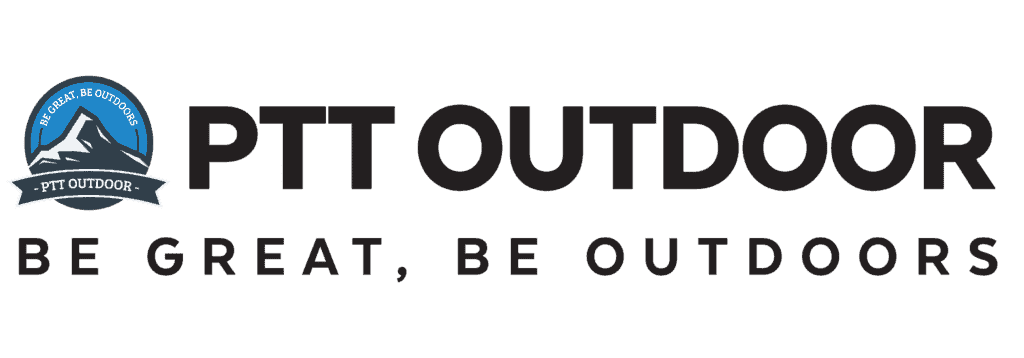

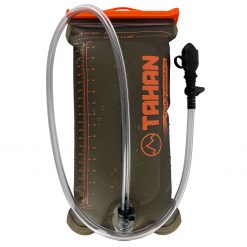
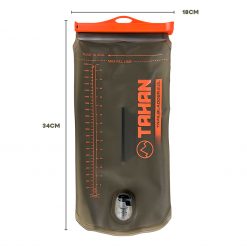
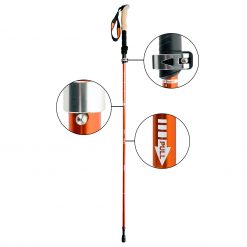
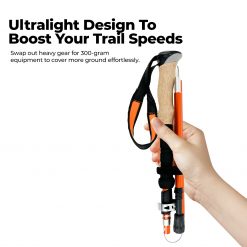
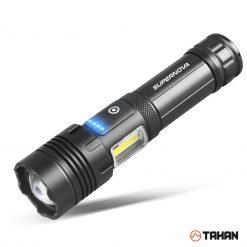
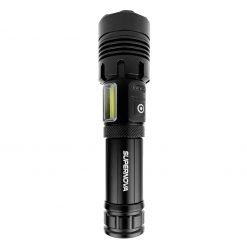
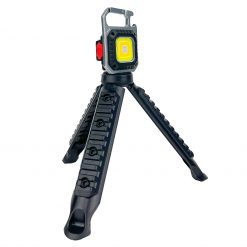
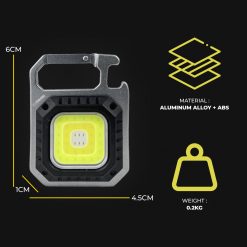
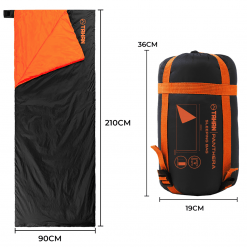
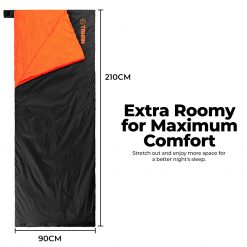
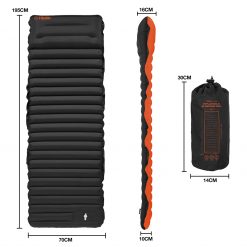
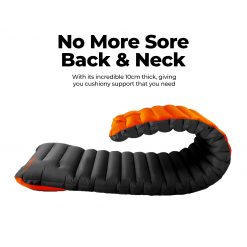
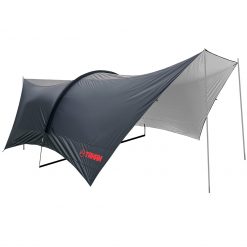
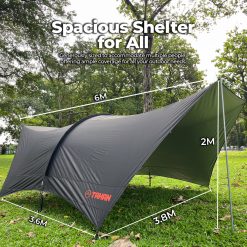
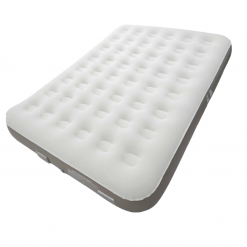
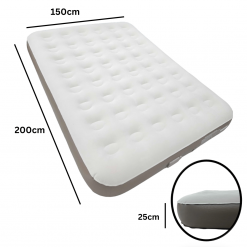
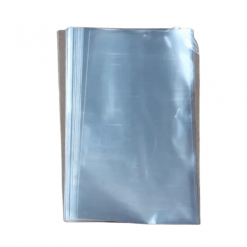
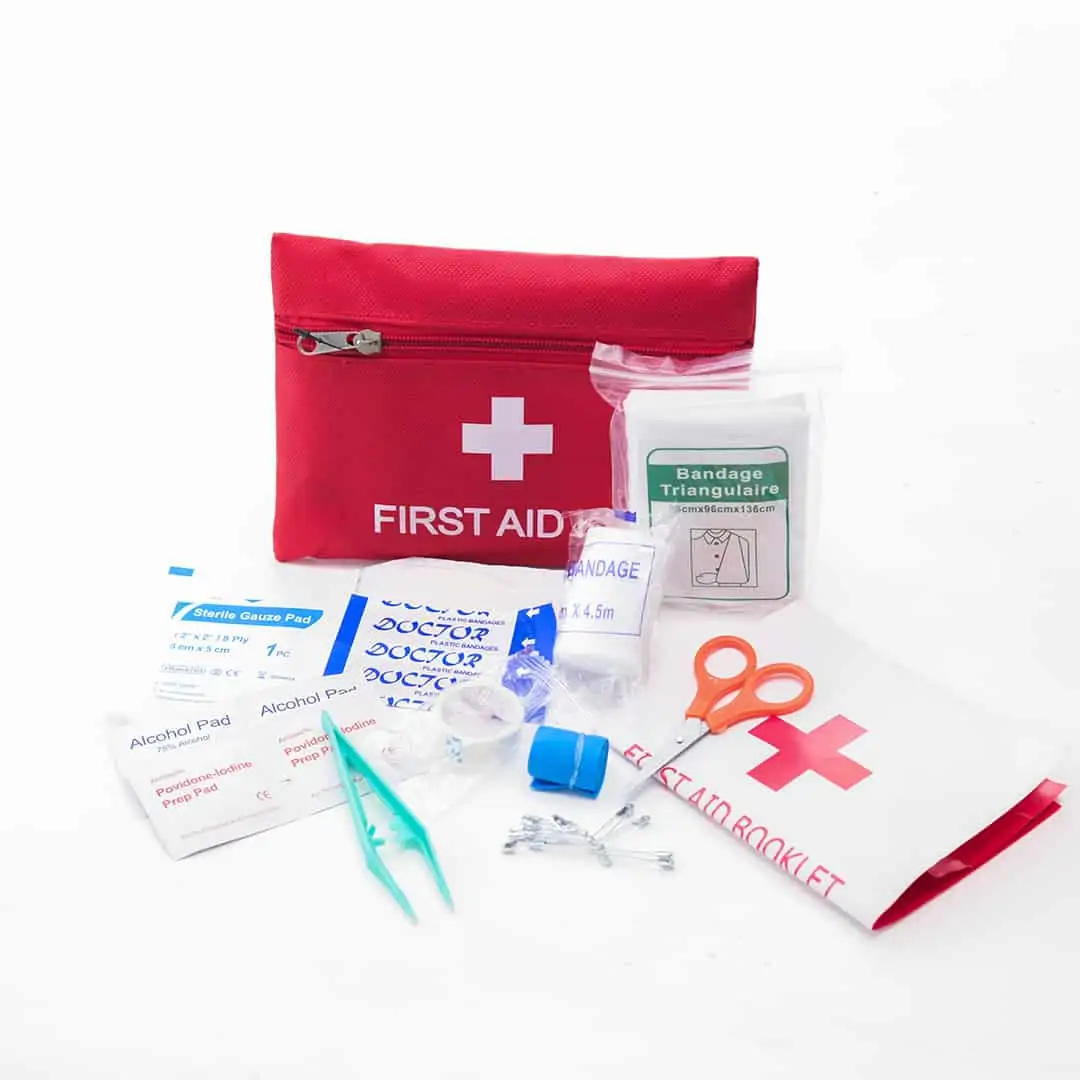
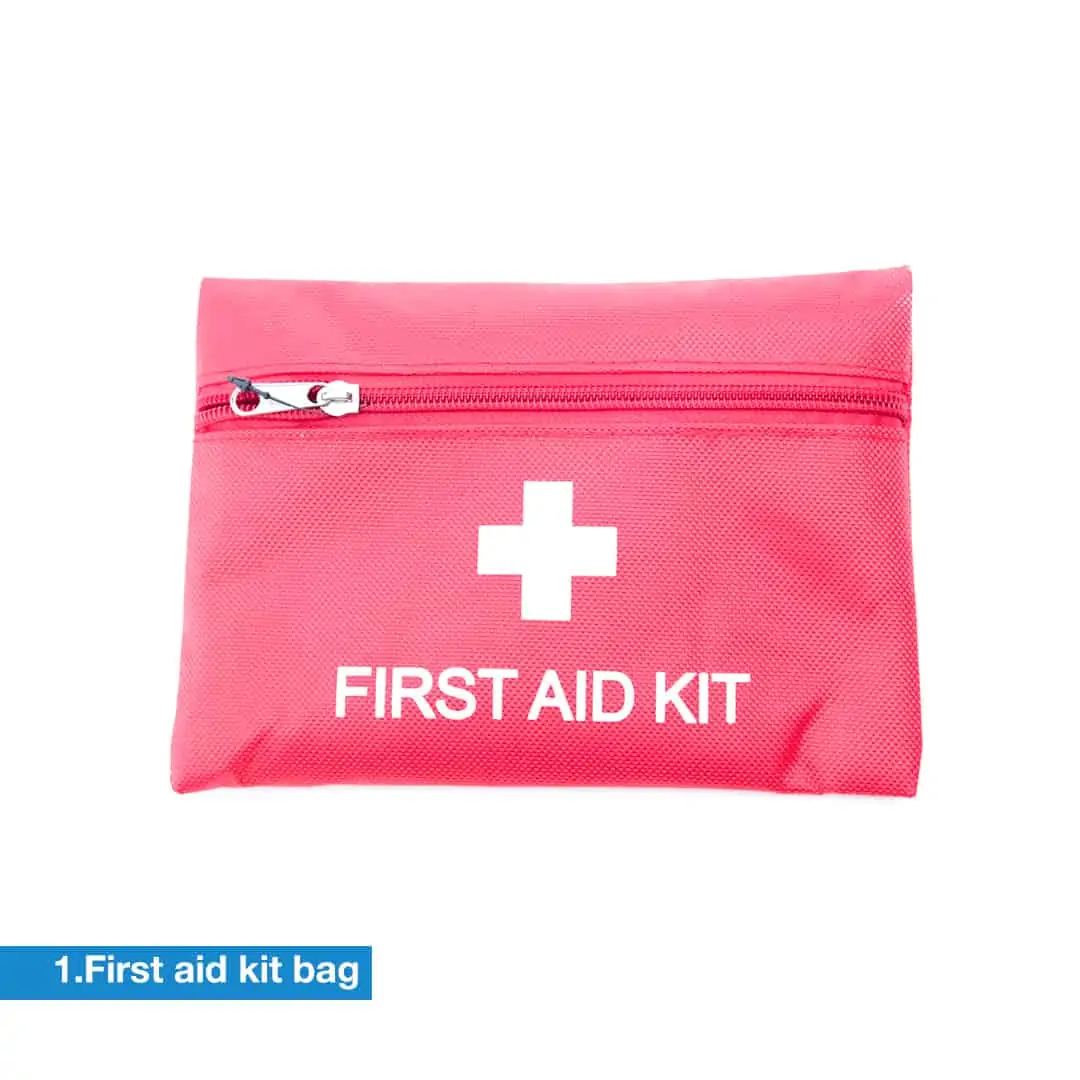
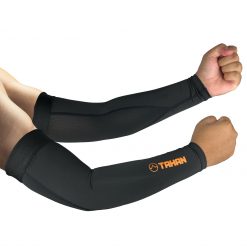
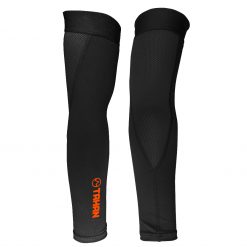

Shop Our Gears
Camp & Hike
TAHAN
COMBO
SLEEP SYSTEM
More tips that you might find useful:
12 Secrets to Getting Cheap Flights in Malaysia
1 Comments
马来西亚露营:户外探险综合指南
Camping in Malaysia: A Comprehensive Guide to Outdoor Adventures
2 Comments
Conquering Mount Kinabalu: A Hiker’s Guide to Malaysia’s Highest Peak
Camp Cooking Gear Guide – Build the Ultimate Camp Kitchen!
Top 5 Most Popular Campsites in Selangor
Ultimate Guide to Tropical Leisure Camping in Malaysia: TAHAN’s Top 5 Gear Picks
The Ultimate Guide to Hammock in Malaysia: Comfort, Adventure, and Relaxation